When setting up a home office, most people focus on the big-purchase items—the desk, chair, and filing system. Lighting often comes as an afterthought—and yet, poor lighting can cause eyestrain and headaches, and is definitely not a mood enhancer. Attention, fellow workaholics: Considering the high percentage of time we spend toiling, it makes sense to create a setting with optimal lighting. Here’s what you need to know.
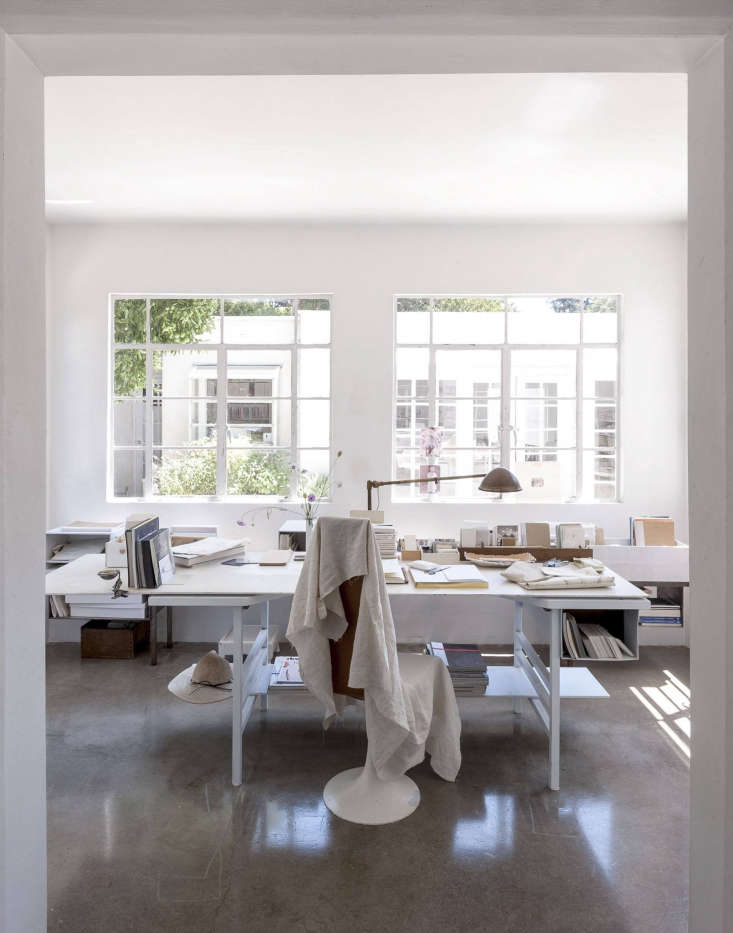
1. What’s the general strategy for lighting a home office?
Lighting a home office is akin to dressing for a climate with changeable weather: It’s all about layering. When you consider the range of activities that go on in workspaces—reading, filing, working at a computer, talking on the phone, holding meetings—you realize that most are focus-intensive tasks that can’t be well-lit by one light source alone. Instead, start by illuminating your office with an even and soothing warm, ambient light. It’s ideal to place your ambient lights on a dimmer switch, so you have the flexibility to adjust light levels depending on the time of day and type of work you’re doing. Supplement this central source with task lamps on the desk and other key spots.
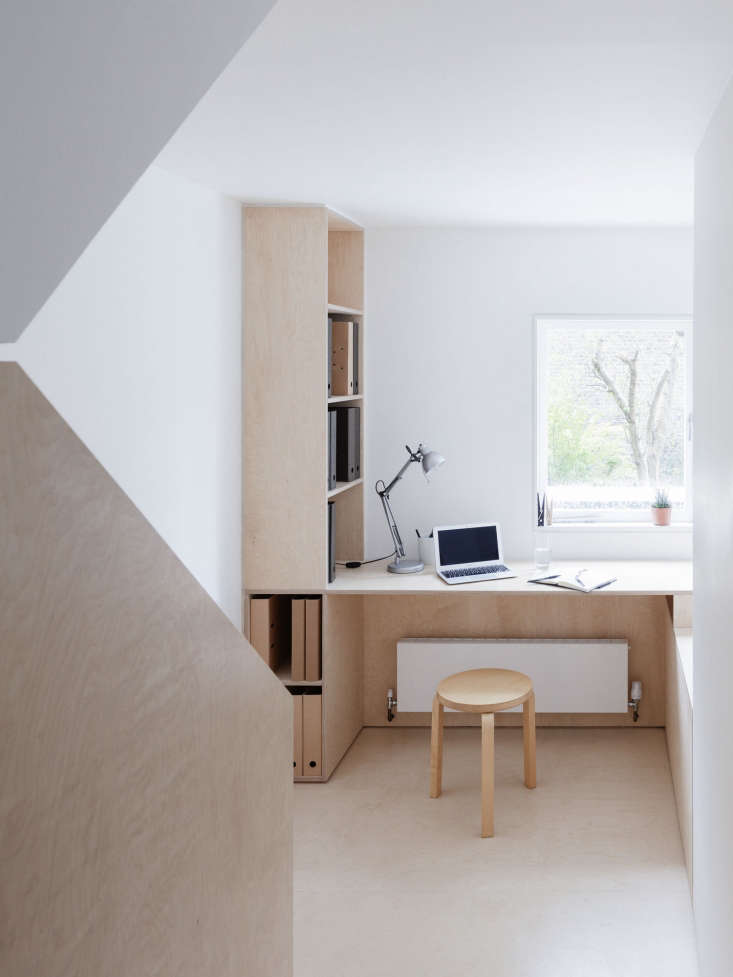
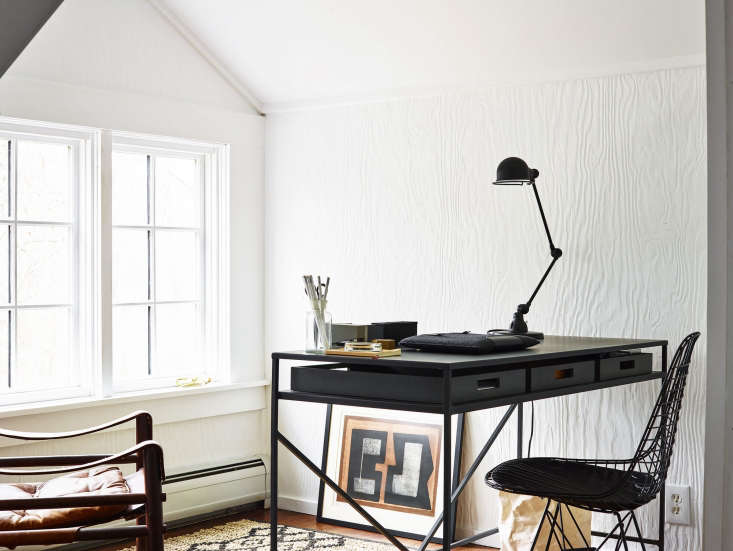
2. What’s the role of the task lamp?
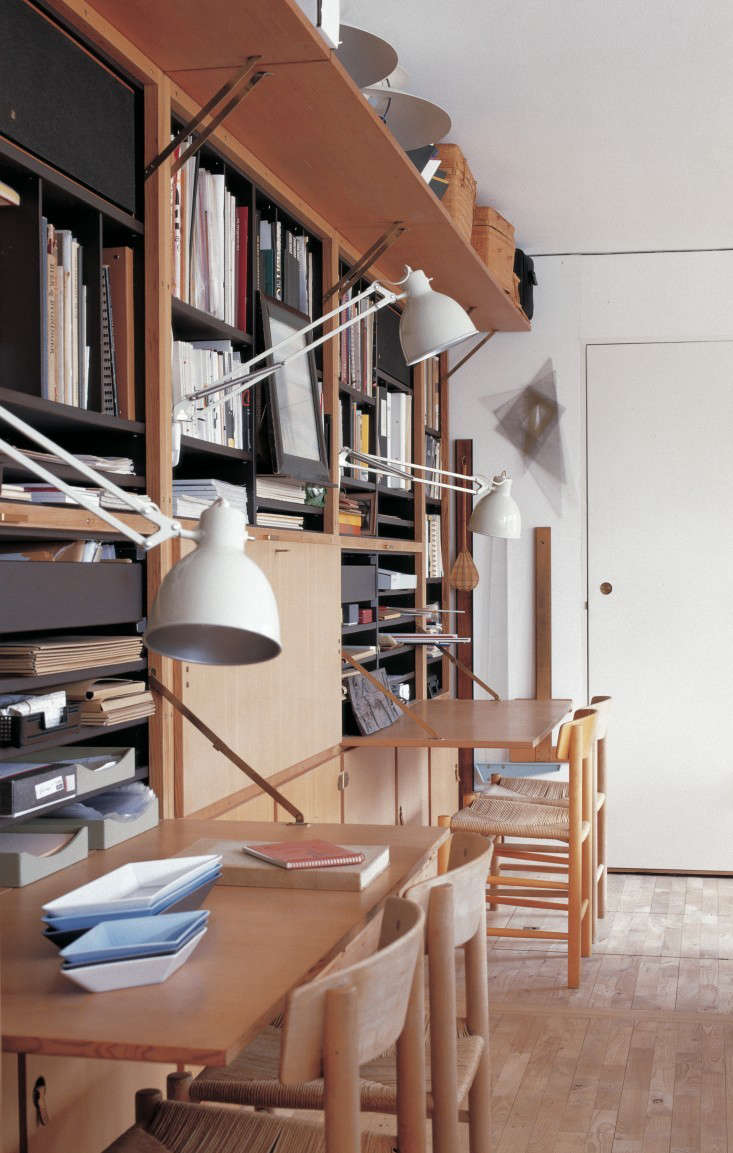
Task lights provide a focused light source on specific activities. If a range of activities takes place in your office, it’s best to have a dedicated task light for each. Adjustable arms are ideal for accommodating a range of setups. See 10 Easy Pieces: Industrial-Style Desk Lamps, Color Edition for our picks.
3. Why is the placement of the light source important?
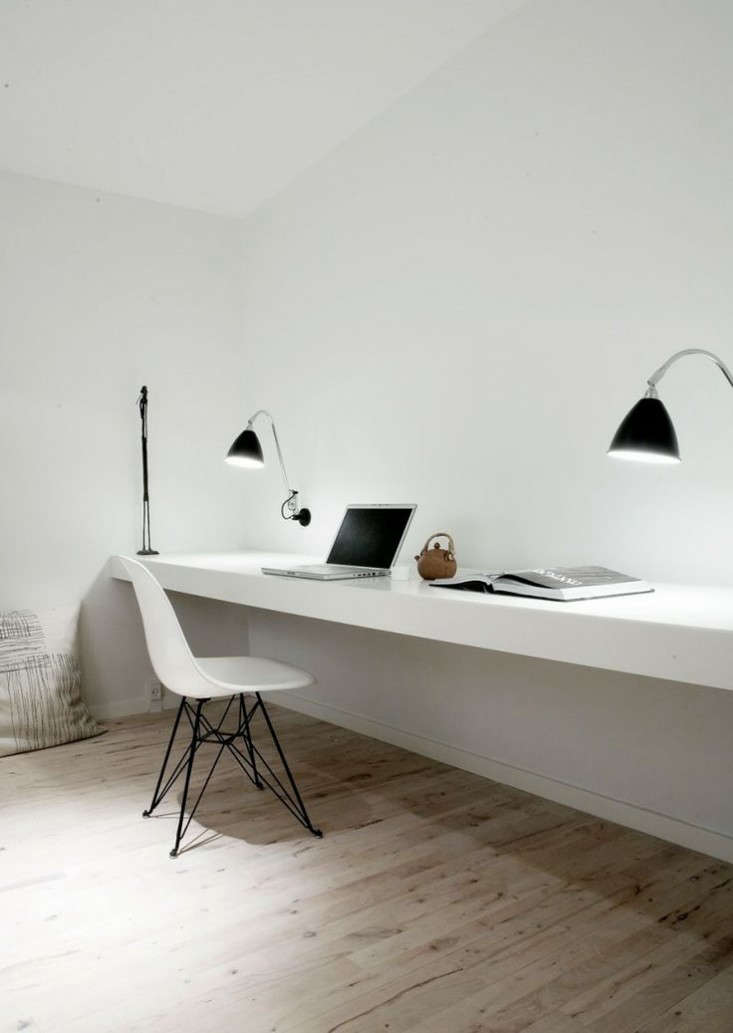
Where you place your lights is critical in avoiding glare and shadows. For instance, an overhead spotlight situated behind you can result in glare on your computer screen. To avoid shadows created by task lamps, place the light on the side opposite from the hand that you write with—if it’s on the same side, your hand and arm will cast shadows.
4. What about natural daylight?
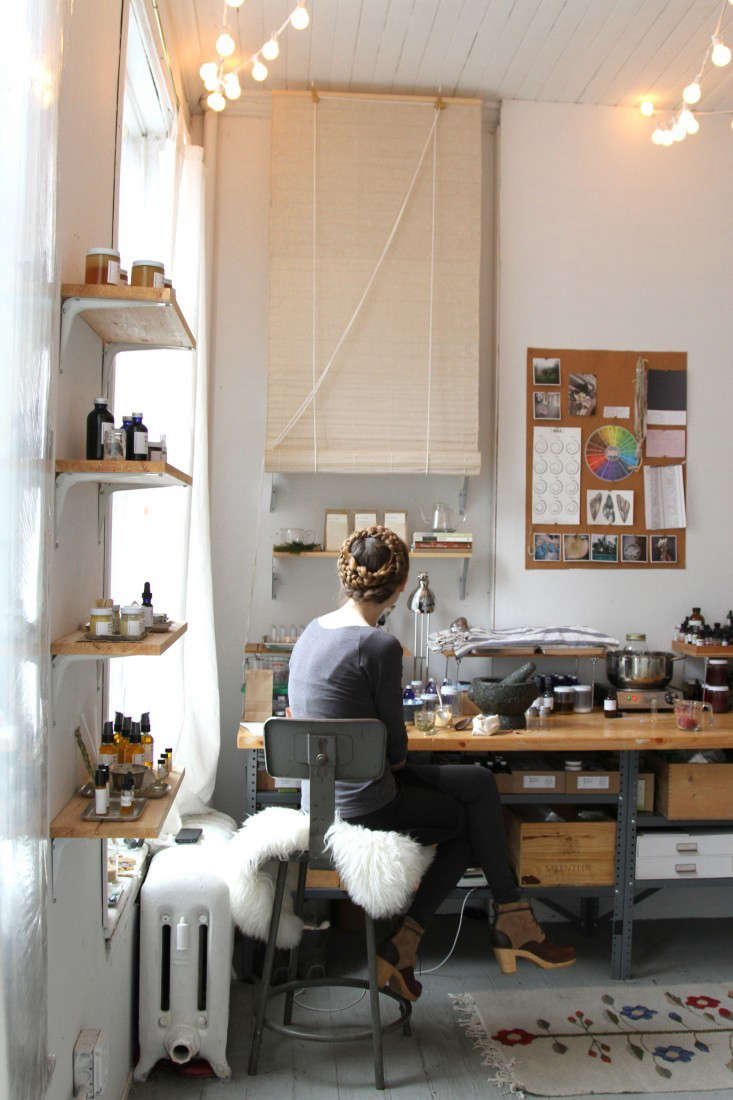
Natural light improves the ambience of any room, which, in turn, helps enhance focus and productivity—Julie has noticed that her whole family likes to work in the living room because it’s so sunny. In some rooms, however—such as my own home office—at certain times of day, direct sunlight can create an overwhelming glare. You can mitigate this by installing simple translucent blinds. If there’s a window in your home office and you’re working at a computer, the best position for the computer is on a desk that’s perpendicular to the window. Placing your computer in front of the window can cause stress to your eyes because the brightness from behind may create too much of a contrast.
5. How can lighting alleviate the effects of working at a computer all day?
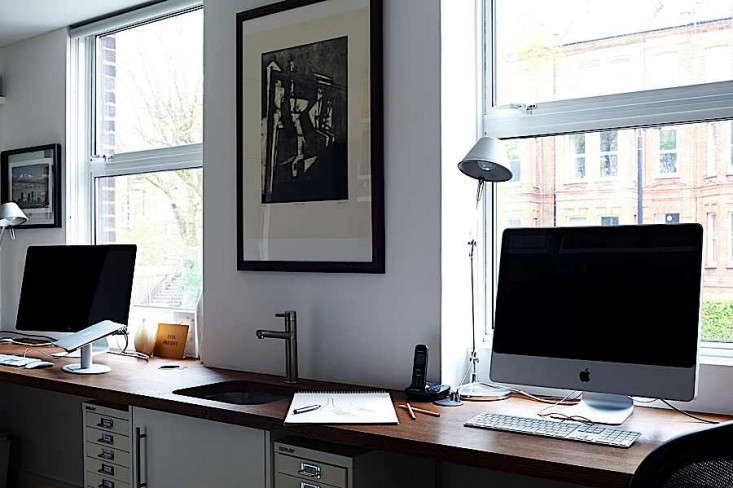
Minimizing glare and contrast is the key to reducing eye strain. Harsh artificial or natural light is what creates the monitor glare that tires our eyes. Having your lights on dimmers and hanging light-diffusing blinds in your windows allows you to modulate light levels throughout the day, depending on the time of day and task at hand. It’s important to note that paperwork activities require a higher light level than computer work, which means that most of us when at our computers ought to consider turning down the ambient and task lighting.
Home Office Lighting Recap:
- One overall source of lighting is not enough to accommodate the varied activities of a home office; it’s best to layer light sources.
- Use task lamps to illuminate focused work.
- The correct placement of a task light is important to avoid glare and shadows.
- Natural daylight improves the ambience of a room, but at certain times of day can be too bright.
- Being able to adjust light levels throughout the day is ideal for the eyes and promotes productivity.
For more lighting advice, see our posts:
- How to Install Flattering Lighting in the Bathroom
- 10 Easy Pieces: Basic Porcelain/Glass Ceiling Lights Under $200
- Remodeling 101: Smart Light Bulbs
N.B.: This post is an update; the original story ran May 15, 2014.
Frequently asked questions
Why is proper lighting important in a home office?
Proper lighting in a home office is important for several reasons:
Task Performance: Good lighting enables you to perform tasks efficiently, such as reading, writing, typing, and working on a computer, without straining your eyes.
Focus and Productivity: Well-lit spaces help maintain focus and increase productivity by reducing eye fatigue and enhancing alertness.
Mood and Well-being: Proper lighting can create a comfortable and inviting atmosphere, positively impacting your mood and overall well-being.
Aesthetics: Thoughtful lighting design can enhance the visual appeal of your home office, creating a pleasant and inspiring work environment.
What are the different types of lighting to consider for a home office?
When lighting a home office, it's important to consider three primary types of lighting:
Ambient Lighting: This provides overall illumination for the entire space. It can be achieved through ceiling-mounted fixtures, recessed lighting, or track lighting.
Task Lighting: Task lighting focuses on specific work areas, such as the desk or reading area. Desk lamps, adjustable task lights, or under-cabinet lighting are common choices for task lighting.
Accent Lighting: Accent lighting adds visual interest and highlights specific elements in the room, such as artwork or architectural features. It can be achieved through spotlights, wall-mounted fixtures, or picture lights.
How should I position the lighting in my home office?
Here are some guidelines for positioning lighting in a home office:
Ambient Lighting: Place ambient lighting fixtures in a way that evenly distributes light throughout the room. Ceiling-mounted fixtures or recessed lighting can provide general illumination.
Task Lighting: Position task lighting, such as desk lamps or adjustable lights, to minimize shadows on your work surface. Place them on the opposite side of your writing or dominant hand to avoid casting shadows.
Accent Lighting: Use accent lighting to highlight specific elements, such as artwork or shelves. Position accent lights to create visual interest and draw attention to the desired focal points.
What color temperature should I choose for home office lighting?
Color temperature refers to the warmth or coolness of light. For a home office, it is generally recommended to use a color temperature between 3000K and 5000K. A color temperature of around 4000K is often considered a good balance, providing a neutral white light that promotes focus and reduces eye strain.
Can I use natural light as a source of illumination in my home office?
Yes, natural light can be a great source of illumination for a home office. Position your desk near a window to take advantage of natural daylight. However, it's important to consider potential glare and the availability of natural light throughout the day. Use window treatments like blinds or curtains to control the amount of incoming light and minimize glare on your computer or work surface.
Should I consider energy-efficient lighting options for my home office?
Yes, using energy-efficient lighting options in your home office is beneficial both for the environment and your energy consumption. LED (light-emitting diode) bulbs are a popular choice for their energy efficiency, long lifespan, and availability in various color temperatures. They also produce less heat, making them suitable for prolonged use without overheating.
How can I reduce glare and eye strain in my home office?
To reduce glare and eye strain in your home office:
Position your computer screen or monitor perpendicular to windows or light sources to minimize direct glare.
Use adjustable blinds, curtains, or window films to diffuse or block excessive sunlight.
Choose lighting fixtures with diffusers or frosted bulbs to reduce harsh glare.
Consider using a glare screen or anti-glare filter for your computer monitor.
Take regular breaks to rest your eyes and adjust your posture.
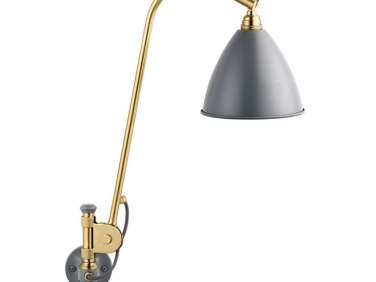
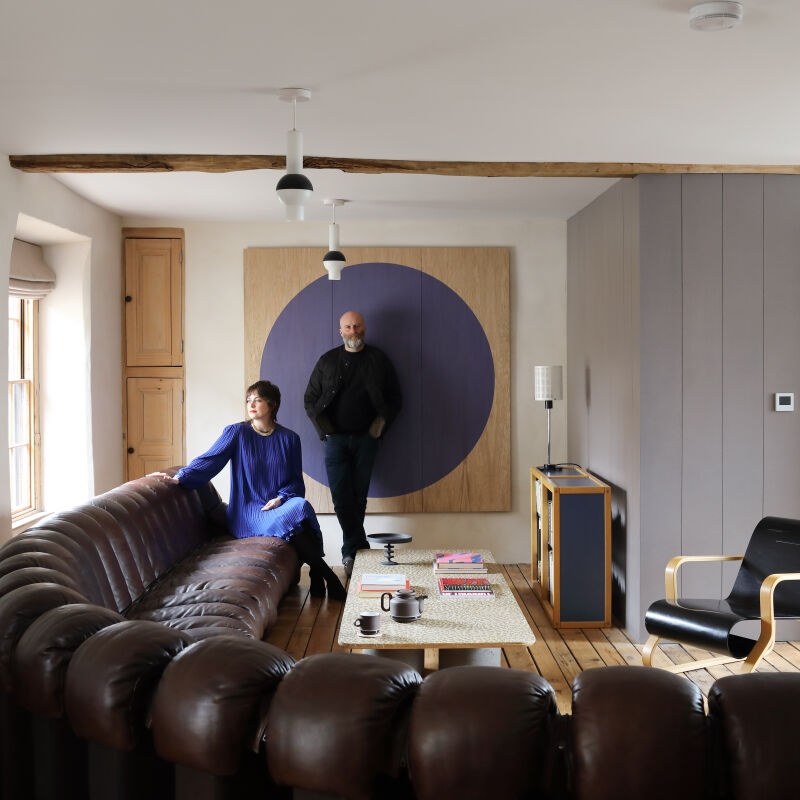
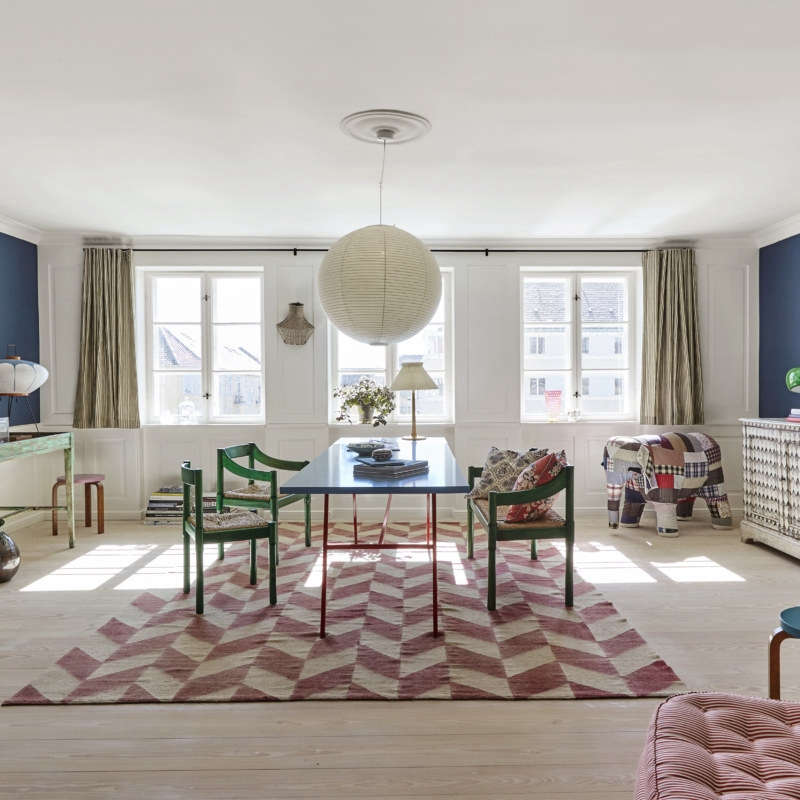
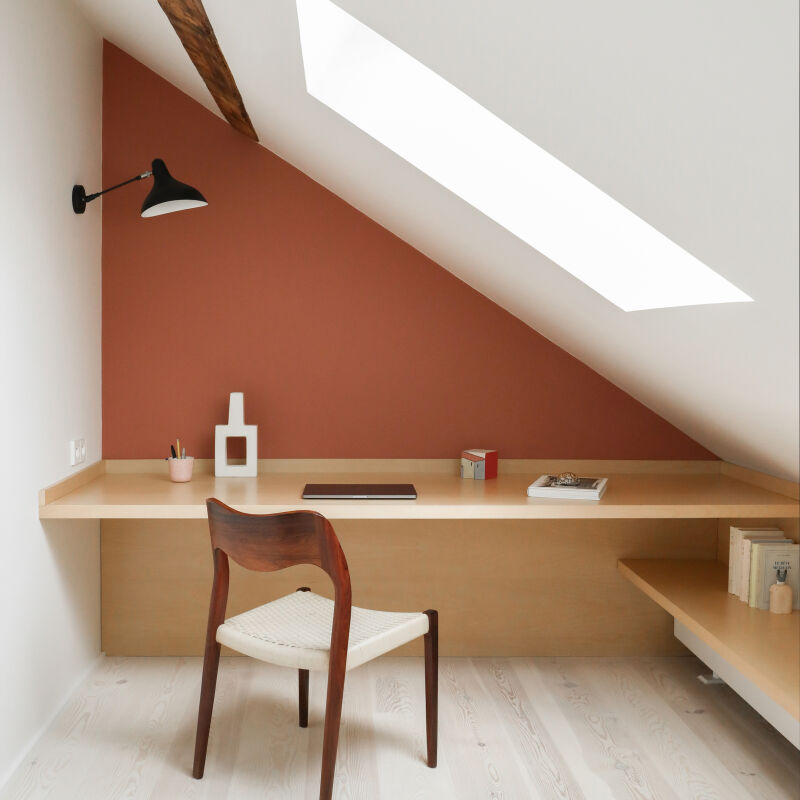

Have a Question or Comment About This Post?
Join the conversation